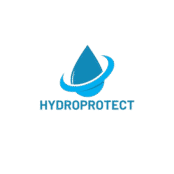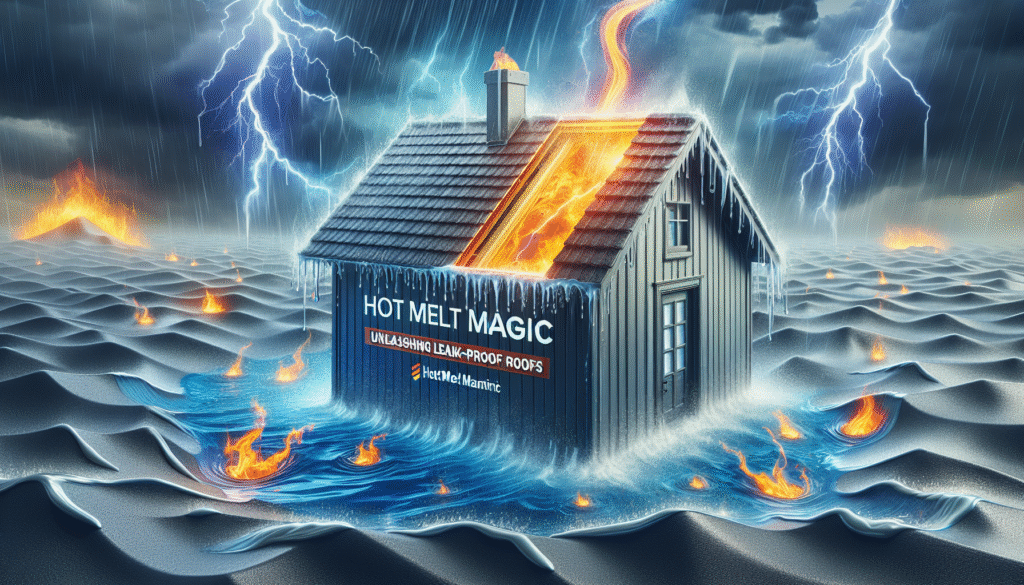Understanding Hotmelt Roof Waterproofing
Hotmelt roof waterproofing is a cutting-edge technology designed to deliver optimal protection against water ingress for flat and low-sloped roofs, especially in commercial spaces like warehouses and industrial halls. As hall owners, developers, and property managers strive for durable and effective insulation solutions, hotmelt technology stands out for its resilience and long-term benefits.
At its core, hotmelt waterproofing involves the use of a specialized hot liquid applied over a structural deck, which solidifies to create a seamless, highly durable membrane. This method offers a new frontier of protection, thanks to its adaptability and robustness.
The Advantages of Hotmelt Technology
When considering roofing solutions, hotmelt technology shines due to several key advantages that make it indispensable for commercial properties.
Durability and Longevity
Hotmelt systems are renowned for their exceptional lifespan. Unlike traditional systems which can degrade over time due to UV exposure and temperature fluctuations, hotmelt membranes maintain structural integrity for decades, minimizing the need for costly repairs or replacements. This durability stems from:
– Seamless application which minimizes weak points
– High resistance to mechanical damage and foot traffic
– Stability against temperature extremes
Cost-Effectiveness
Although the initial installation of hotmelt roofing may appear more costly than conventional methods, its long-term cost-efficiency is unparalleled. The minimal maintenance requirements and extended lifespan translate into significant savings on repairs and replacements over time.
Moreover, the system is adaptable to a variety of surface types, reducing the need for structural adjustments or additional components. This adaptability ensures:
– Reduced labor costs
– Simplified integration with existing structures
– Lower overall lifecycle costs
Environmental Sustainability
In today’s eco-conscious world, the sustainability of building materials is crucial. Hotmelt roofing uses recycled materials and contributes to energy efficiency by enhancing thermal insulation. This results in a reduced carbon footprint and aligns with green building standards.
Additionally, hotmelt products are free from volatile organic compounds (VOCs), making them a healthier choice for both workers and the environment.
Installation Process of Hotmelt Systems
Hotmelt roof waterproofing requires a meticulous installation process, ensuring long-term effectiveness and security. Experienced professionals should always handle installation to guarantee quality results.
Preparation and Application
The process begins with thorough cleaning and priming of the roof deck, ensuring an optimal surface for adhesion. The hotmelt is then heated to a liquid state and applied directly in successive layers, creating a seamless and uniform barrier capable of preventing water infiltration.
This process typically involves:
– Surface cleaning and priming
– Layered application of hotmelt liquid
– Reinforcement with a roofing membrane for added strength
Quality Control and Inspection
During and post-application, rigorous inspections ensure the integrity of the installation. Specialists perform checks for uniformity, thickness, and adhesion, ensuring that the hotmelt membrane meets stringent industry standards.
Such quality assurance measures are crucial, involving:
– Routine inspections for imperfections
– Quality checks on membrane thickness
– Verification of complete surface coverage
Hotmelt vs. Traditional Waterproofing Methods
To fully appreciate the benefits of hotmelt roofing, it is essential to compare it with traditional waterproofing methods such as bitumen and EPDM.
Seamlessness and Strength
Unlike bitumen which often requires joints and seams that present potential leak points, hotmelt provides a seamless membrane that covers the entire surface. This strength is a significant factor in water resistance, reducing the risk of leaks.
Flexibility in Design
Hotmelt systems offer unparalleled flexibility, adapting easily to complex roofing designs without compromising on efficacy. This versatility is not as easily achieved with prefabricated solutions like EPDM, which can be restrictive in certain architectural contexts.
Summary
Hotmelt roof waterproofing emerges as a superior choice for commercial properties, offering unmatched durability, cost-effectiveness, and environmental benefits. Its seamless application ensures leak-proof security, while the minimal maintenance requirements and adaptability make it a favored solution among hall and warehouse owners, developers, and property managers. By opting for hotmelt technology, you secure your investment with a sustainable and robust roofing solution that stands the test of time.

